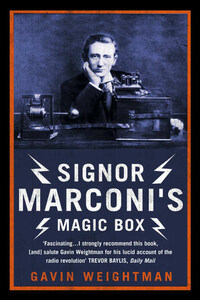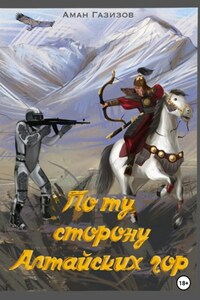The inspiration for this book was one of those scraps of information that lodge in the mind and refuse to go away. I had read somewhere, while researching the history of nineteenth-century London, that Queen Victoria had for a time enjoyed a supply of ice from Massachusetts in New England. It was delivered by an American enterprise called the Wenham Lake Ice Company, which in the 1840s had an ice store and a shop in London with a window onto The Strand, in which a large cube of crystal clear ice about two feet square was displayed every day in summer. Sometimes a colourful New England fish called a pickerel would be frozen into the block of ice on show.
I wondered if the ingenious Americans, pioneers of mass production, great inventors and modernisers, had stolen a march on the rest of the world and devised a form of refrigeration which could produce ice cheaply enough to sell at a price the wealthy in London could afford. I discovered that there was in fact a huge ice industry in nineteenth-century North America, but that it was not at all what I had imagined.
Ice became essential to the American way of life from the mid-nineteenth century. Americans made ice cream at home on Sundays, had ice-boxes in which to keep butter and milk fresh, were served iced drinks in hotels, and were dependent on ice for the preservation of fresh food long before there was any artificial refrigeration at all. All the ice was natural, cut from lakes and rivers in winter, stored in huge ice-houses and delivered to customers in horse-drawn wagons. A great quantity was exported in the holds of sailing ships: that is how the ice from Wenham Lake, near Salem in Massachusetts, was carried to London. In fact the New England ice trade had begun not as a domestic business but with exports to the West Indies, and it had achieved a much more remarkable feat before any ice was sold in London: in the 1830s Boston merchants began selling ice to the British community in Calcutta. The voyage to India was about 16,000 miles, and in favourable conditions took about 130 days. Yet for fifty years the sale of New England ice to Calcutta was a profitable business. In fact its success saved the man who had first dreamed up the ice trade from financial catastrophe.
He was Frederic Tudor, surely one of most remarkable businessmen of the nineteenth century. Tudor was a diminutive, pig-headed Bostonian who dedicated most of his working life to supplying ice to the tropics. He suffered the humiliation of bankruptcy, was jailed for debt, endured a mental breakdown, but came through it all to father six children after the age of fifty and to die in 1864, aged eighty, a wealthy man with a country estate. At no time did Tudor, or any of those who became his competitors in the ice business, make use of artificial refrigeration. With one or two trivial exceptions, all the ice marketed in Tudorâs lifetime was âharvestedâ from lakes and rivers which froze in the winter. In the holds of ships the ice was preserved through many days, and even weeks, sailing through tropical heat by the insulation of sawdust supplied by timber mills in Maine.
The ice trade was carried on in a century of great inventions â the electric telegraph, railways, steam-driven machines of all kinds, and gas and electric light. It continued long after Tudorâs death, into the age of petrol engines and electric trams. As late as 1907 New York, by then the quintessential modern city of skyscrapers and motor cars, was absolutely reliant on natural ice harvested from lakes and rivers, including the Hudson, and on imports of Kennebec River ice sent by ship from Maine. When winter weather was mild, the New York Times would warn of an ice âfamineâ the following summer, and every year newspaper articles would appear promising an end to the reliance on harvested ice.
Frederic Tudor had not anticipated that the trade he began would lead to such ice-addiction among his fellow Americans. From the time he first shipped lake ice to the West Indies in 1806 to the beginnings of the Calcutta trade in the 1830s, he clung to one conviction: people living in tropical climates would pay a good price for ice if they could get it. The inhabitants of Havana in Cuba, and the British sweltering in Calcutta, could make ice cream, cool their drinks and relieve their suffering from fevers with ice harvested from the clear waters of New Englandâs many spring-fed ponds. They could even enjoy crisp Baldwin apples from the orchards of Massachusetts, and fresh churned butter, which Tudor packed in barrels and stowed alongside the ice.









